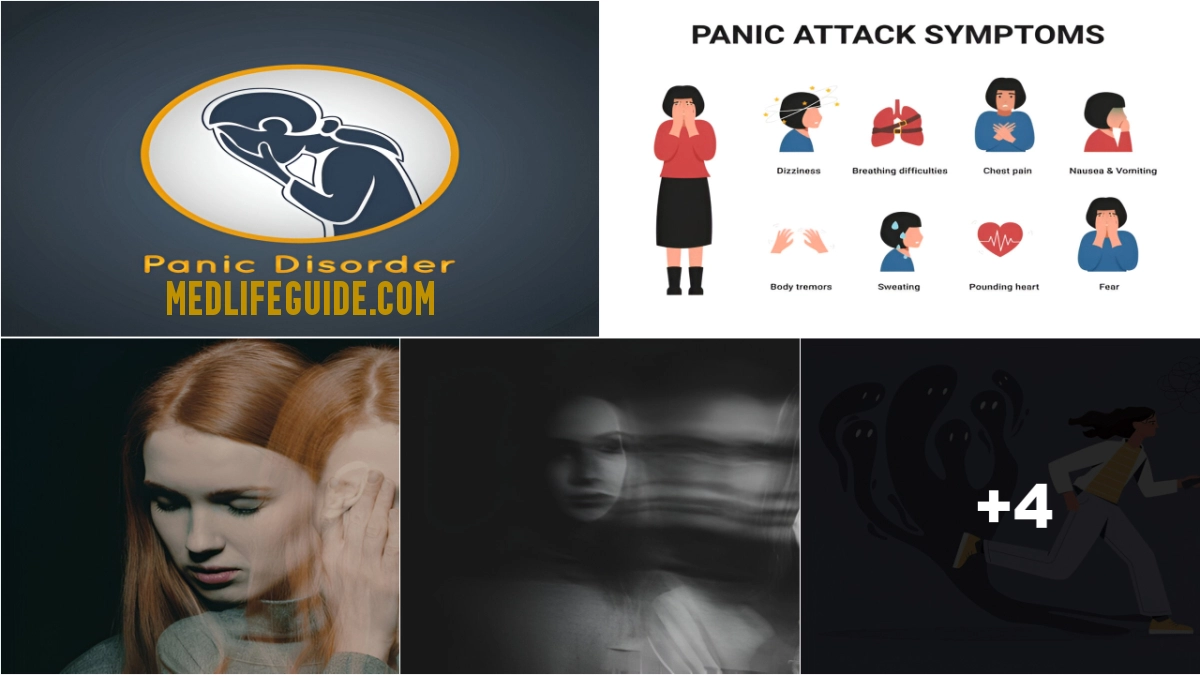Panic disorder is more than just occasional anxiety—it’s a relentless cycle of sudden, overwhelming fear that can disrupt daily life. Unlike general nervousness, panic attacks strike without warning, leaving sufferers feeling powerless. But understanding this condition is the first step toward reclaiming control.
In this guide, we’ll explore:
- What panic disorder really is (beyond textbook definitions)
- The science behind panic attacks
- Common triggers and lesser-known symptoms
- Evidence-based treatments and self-help strategies
- How to support someone experiencing panic disorder
What Is Panic Disorder?
Panic disorder is a type of anxiety disorder characterized by recurrent, unexpected panic attacks—intense surges of fear accompanied by physical symptoms like:
- Rapid heartbeat
- Shortness of breath
- Chest pain
- Dizziness or nausea
- Trembling or sweating
Unlike typical anxiety, panic attacks often peak within minutes, leaving individuals terrified of the next episode—a condition known as anticipatory anxiety.
Did You Know?
- About 2-3% of adults in the U.S. experience panic disorder in a given year. (Source: NIMH)
- Many sufferers mistake panic attacks for heart attacks, leading to ER visits.
What Causes Panic Disorder?
While the exact cause isn’t fully understood, research points to a mix of:
1. Biological Factors
- Genetics: Family history increases risk.
- Brain Chemistry: Overactive amygdala (fear center) and imbalances in serotonin/norepinephrine.
2. Psychological Triggers
- Chronic stress or trauma
- Major life changes (job loss, divorce)
- Phobias or past panic experiences
3. Environmental Influences
- Substance use (caffeine, alcohol withdrawal)
- Hyperventilation habits
Recognizing Panic Attack Symptoms
Panic attacks vary, but common signs include:
Physical Symptoms:
- Heart palpitations
- Sweating or chills
- Numbness/tingling
Cognitive Symptoms:
- Fear of losing control
- Derealization (feeling detached from reality)
Behavioral Responses:
- Avoidance of places where attacks occurred (agoraphobia)
Pro Tip: Keeping a symptom journal can help identify patterns.
Diagnosis & Treatment Options
How Is Panic Disorder Diagnosed?
- Medical Evaluation: Rule out heart/lung conditions.
- Psychological Assessment: DSM-5 criteria (recurrent attacks + persistent worry).
Effective Treatments
- Therapy:
- Cognitive Behavioral Therapy (CBT): Challenges fear triggers.
- Exposure Therapy: Gradual desensitization to panic sensations.
- Medications:
- SSRIs (e.g., sertraline)
- Benzodiazepines (short-term use)
- Lifestyle Adjustments:
- Regular exercise (reduces cortisol)
- Mindfulness & deep breathing techniques
Actionable Takeaway: *Try the 5-4-3-2-1 grounding technique during an attack—name 5 things you see, 4 you feel, etc.*
Helping Someone with Panic Disorder
If a loved one struggles:
Stay calm and reassure them.
Avoid dismissive phrases like “Just relax.”
Encourage professional help without pressure.

